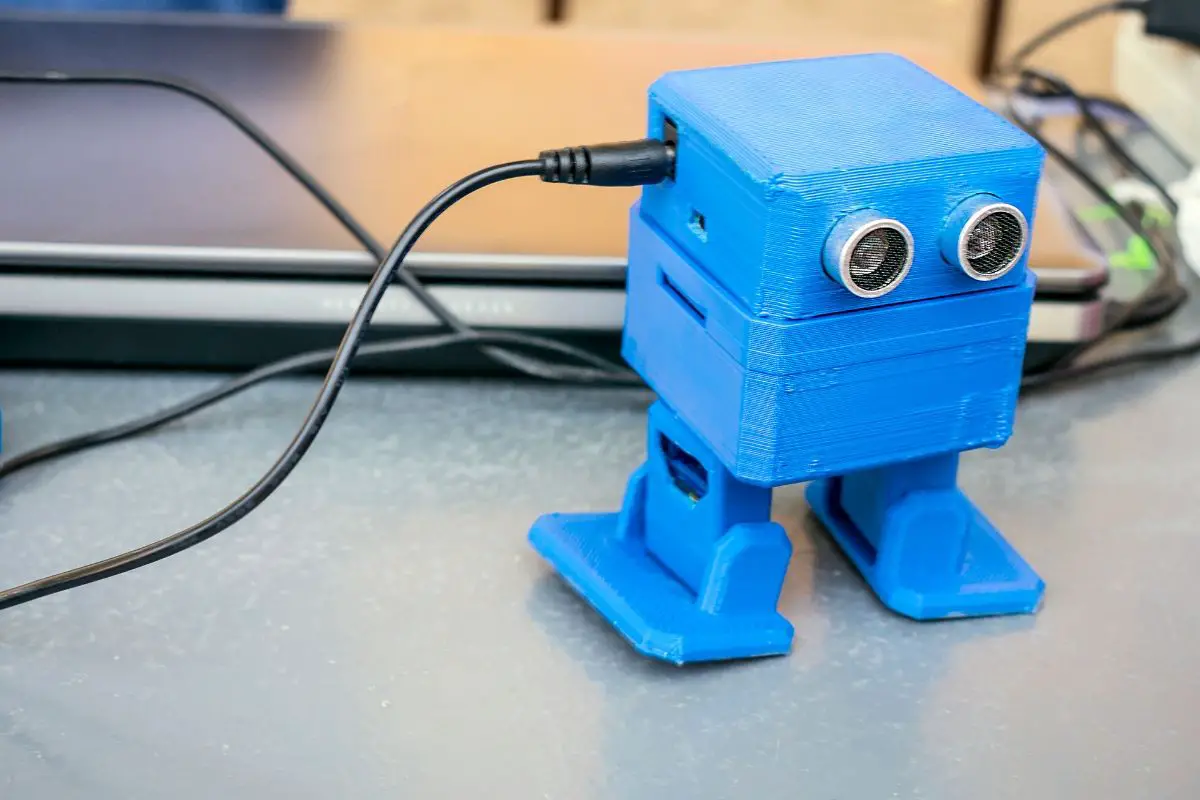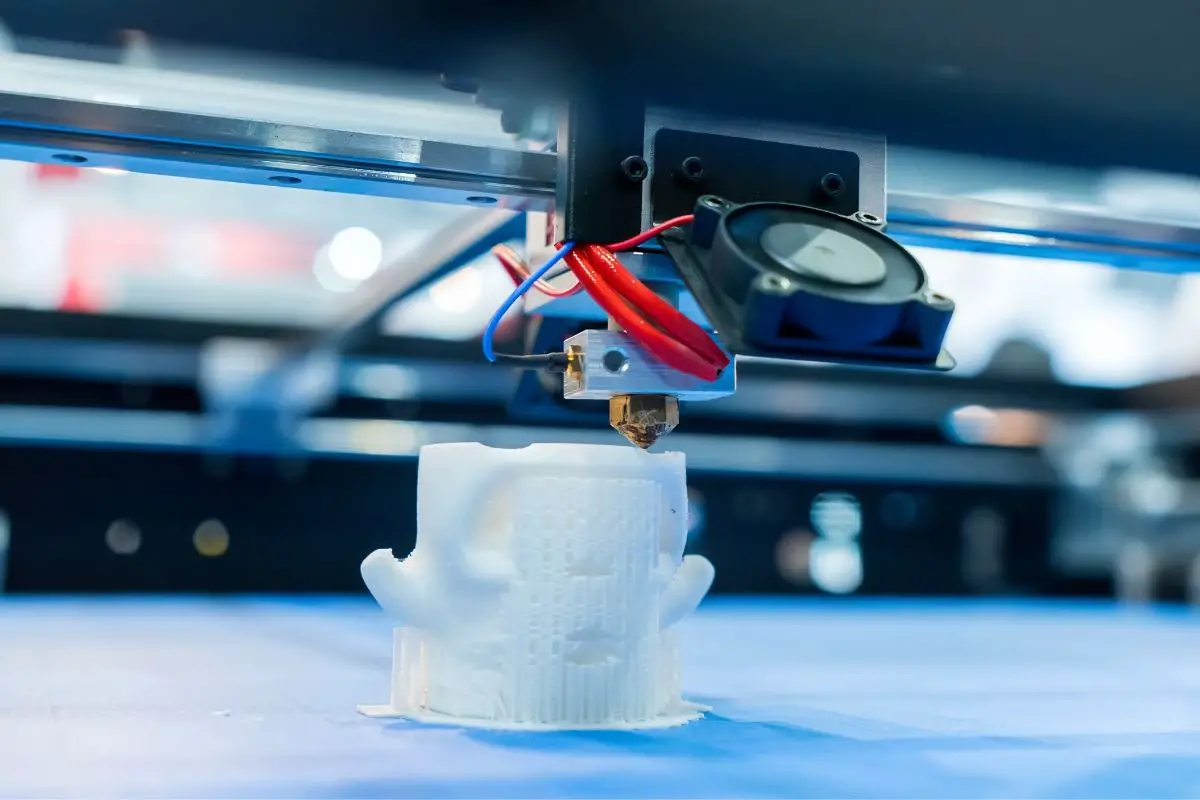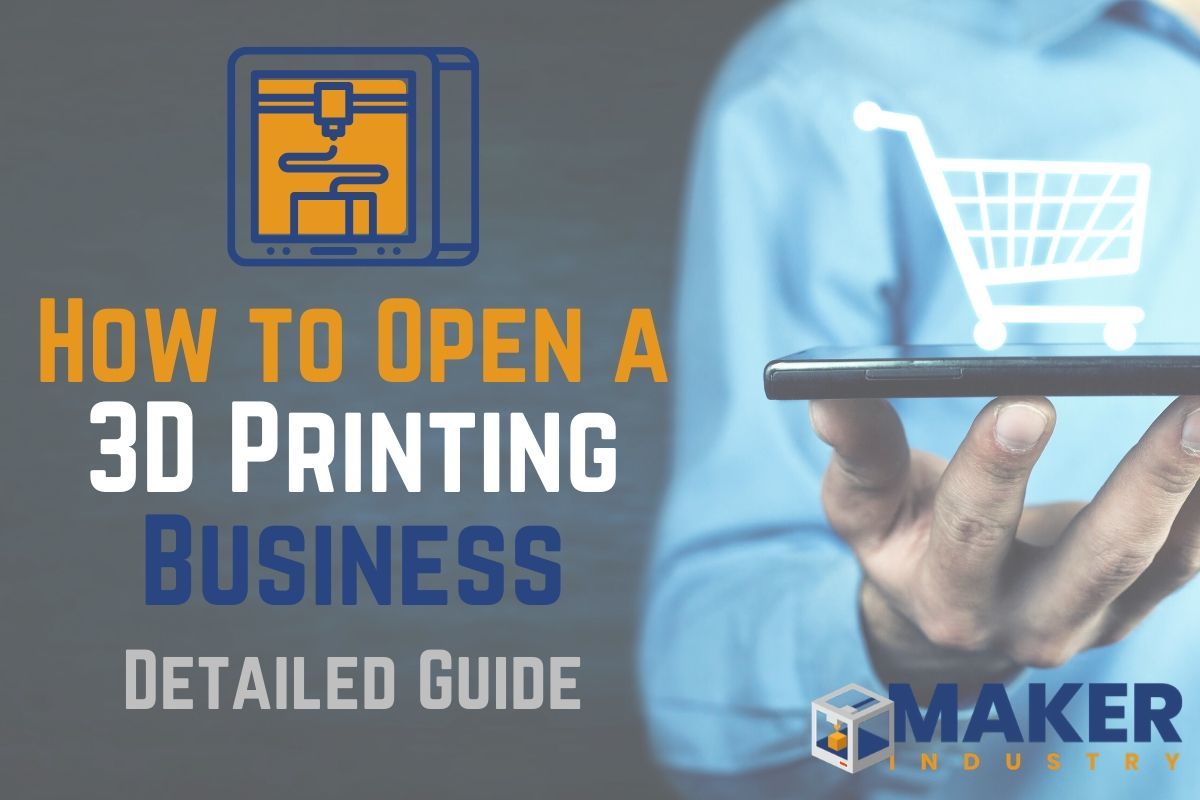Are you planning to open your own 3D printing business, but don’t know how to start?
If so, this article would be helpful to you. It’s 2020, and 3D printing isn’t a surprise anymore. This technology is slowly reaching every sphere of our lives. Many companies are trying to make the best use of this technology in recent years.
Hence, there is no better time like the present to invest in a 3D printing business. However, it is more than just simply starting the business by registering it.
This article serves as a guide to starting your small business in 3D printing. The steps discussed will ensure that you carry the business in a well-planned manner.
How to open a 3D Printing Business:
If you are still wondering how to open a 3D printing business, this section is the most important part of this article.
There are certain valuable things you need to be aware of before starting the business. 3D printing technology is not new anymore, and that gives you enough room for uniqueness and creativity.
Here are some of the important steps that you should consider first.
Make a Business Plan
Before you ever open, a clear business plan is very important to achieve success for every entrepreneur. The plan helps you to map out the specifications of your 3D printing business and discover some unknown facts that may impact your business in the long run.
A few of the important topics that should evaluate include the following:
- The startup and operational costs thereafter
- Where to sell 3D printed items
- Strategy to make money
- How to price 3D printed projects
- Time is taken to break even
- The legal name of your business
Market viability and research
There is no question that 3D printing is growing fast in many areas. As such, many people are eager to learn more about the scopes or opportunities their business could have from the use of a 3D printer. Lots of companies are adopting new advances in this technology.
This way, it helped them to reduce their labor and production costs to create goods for their businesses to sell. No matter how convincing and sweet it may sound, you need to undertake sufficient market research before starting your own 3D printing business.
Finding a trending niche
The beauty of 3D printing lies in the fact that it fades the line between the conventional notion of consumers’ and producers. This leads to a new breed called the prosumer. Not by simple easy words, but because today’s 3D printers empower makers to create commercial-grade, novel products that are affordable and easy to use.
There are a whole lot of trendiest niches in consumer goods manufacturing. These days, buyers lookout for local production, sustainable materials, and mass customization. And, a 3D printer can provide all these things.
Where to sell 3D Printed Items:
3D printing is a business where your targeted clients vary depending on the area, especially if you choose to print certain things. Hobbyists are one group that may be favorable for your business. In recent years, there has been a huge craze for online stores. Hence, custom model shops and online stores are the only places where you can sell those items.

Physical or a custom model store online
These are the places where you can carry your 3D designs and have the finished item. Bring along or email those designs to the store and they get the printing done for you. But, running a 3D printing shop locally will need lots of capital and expertise to get started.
Being a part of this setup, you can prepare yourself for B2B, consumer printing, or both. For this, a physical storefront may be necessary, or may not be. You can even run an online-only service that receives the 3D designs remotely, and ships the finished item to your client.
Open an E-Commerce Website
Not everyone possesses an e-commerce website, nor has the resources or time to develop and maintain one. Creating an e-commerce website is the same as running a physical business. Hence, many people simply focus on selling their products. And, their jobs are made easier by a few e-commerce online stores.
These include websites like eBay, Amazon, and Etsy. Because of their popularity, these websites have become amazing platforms when it comes to selling 3D printing products. You can list and sell your finished products. They have millions of users worldwide, and your items can reach many consumers.
Social Media Platforms
Social media platforms are considered as the only place where plenty of people interact with each other defying boundaries. There has been a major surge of potential users in these media platforms for a few years. So, it is a great place to sell your 3D products. Stay active and spread the word. Make your users aware of your products so that they can buy them from you. Make a long-lasting impression with your users.
How to price 3D Printed Objects:
Not knowing how to price your 3D printed objects can make or break your small business from the start. Yes, it is a bit trickier than you thought of it initially. It has been found out that many 3D printing business owners tend to undersell their services. There are some important aspects when it is about setting the prices for your 3D printed objects. Some of them are discussed here.
SUGGESTED ARTICLE: Best 3D Printer Under $1000: Ultimate Buyer’s Guide
Cost of Materials
The idea behind selling customized 3D products is that you retain an edge over your consumer’s alternative options. Hence, the raw materials such as filament used in the process should be of the highest quality.
At the same time you have to maintain the balance while you are selling the finished goods. Ensure that the prices of the final product aren’t too high that can make the item an expensive one. And, at the same time do maintain its quality. It’s important to know how to calculate the costs of 3D printed parts with materials and cycle times.

Labor
While running a 3D printer, a considerable amount of time is spent and it is automated.
Yet, human intervention is required for setting up and post-processing tasks. This can be useful while you are considering the final pricing for a product. Many owners don’t take it accountable and find it unwise to calculate the labor costs. While others may add very little cost to the overall pricing.
Profit Margins
Whenever you are selling a product, there are different kinds of expenses such as taxations, shipping costs, electricity, maintenance, machine depreciation, and so on. These things are all taken into consideration and calculated to find the real costing of a product. So, the price has to be set in a way so that all these unavoidable costs could accommodate.
Shipping consumables
When you sell goods online, it does not consist of only the item. It consists of a package that gets dropped into the mailbox. Padded envelopes, printing paper, sticky pouches, packing list, shipping tape, and so on are needed. The cost may vary depending on the shape and size of the 3D item you are shipping.
How to market your products:
As aforementioned, it is very important to advertise your 3D products in a professional way. And, for that, you need to build your own brand, find some favorable niches, and dominate the space by marketing your items on different social media platforms. Here are the most common ways to advertise your products on the market.
Building a Brand
The 3D printing industry has experienced rapid growth over the past few years. This is because of the technological advancements, new uses of the products, and falling costs. The increasing demand, rapid service, and revenue generated from the 3D printing are increasing day-by-day.
This industry is rising and becoming very popular. Hence, if you are able to build a brand for yourself, you can strive in this industry without hurdles. Remember that the visibility of your brand is responsible for all the better sales in the future.
Identify your Niche and Expand
As aforementioned, 3D printing can provide sustainable materials, local production, and mass customization. These things are in great demand amongst people. And that’s why starting this printing business can be the next big thing for you.
But, you have to focus on particular niches if you want to survive in this area. Some of the popular niches include jewelry, bio-printing, apparel designing, pills production, 3D ultrasound, customized TV printing, 3D modeling, and so on.
Establish your social presence
A business website allows your consumers to learn more about your company and the 3D products you are providing. You can make use of social media to attract new consumers. Advertise your brand on social media like Facebook, Twitter, Instagram, Pinterest, Google, etc.
Create ads on these platforms and run campaigns. These strategies can help target your advertisements towards receptive audiences. Stay connected to your users and answer their queries. A strong brand helps your 3D printing business stand out from your competitors.
The bottom line:
With creativity, tenacity, and solid knowledge, you can attain success in a 3D printing business.
Remember to calculate the costs of 3D printed parts accurate and profitable.
The key here is to find the niche that is perfect for your business, whether it is in demand in your local area or a faraway place. Start small and have the courage to experiment.
If you know how to establish a good presence in your 3D printing niche you will be open for a long time in this business.
The industry is in its infancy, so you can find your place early on and it can pay off big in the near future.


